- About us
- Support the Gallery
- Venue hire
- Publications
- Research library
- Organisation chart
- Employment
- Contact us
- Make a booking
- Onsite programs
- Online programs
- School visit information
- Learning resources
- Little Darlings
- Professional learning
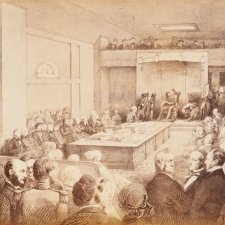
On this day eight hundred years ago at Runnymede near Windsor, King John signed Magna Carta.
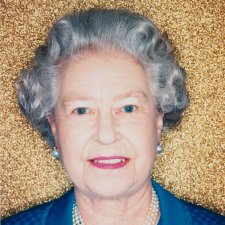
Queen Elizabeth II is now the longest-reigning British sovereign

Nothing quite prepares the first-time visitor to Cambodia for the scale and grandeur of the monuments of the ancient Khmer civilisation of Angkor.
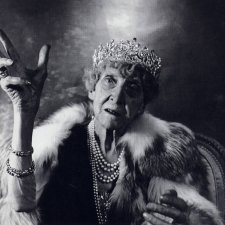
This year (in March) we will celebrate the twentieth anniversary of the formal establishment of the National Portrait Gallery. In the life of institutions, twenty years is not a long time.
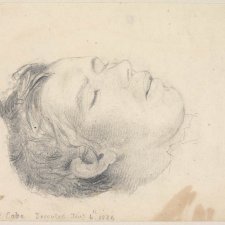
James McCabe provides proof that hanging wasn’t necessarily a fate reserved for the perpetrators of murder and other deeds of darkest hue.
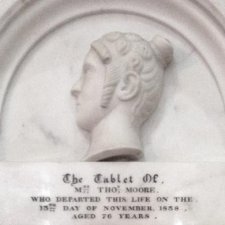
Beyond the centenary of the ANZAC landings at Gallipoli, a number of other notable anniversaries converge this year. Waterloo deserves a little focussed consideration, for in the decades following 1815 numerous Waterloo and Peninsular War veterans came to Australia.
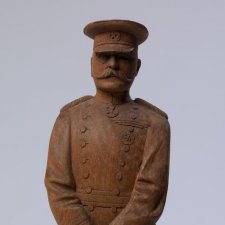
Once central to military strategy and venerated in patriotic households, Lord Kitchener is now largely forgotten.

Angus Trumble explores the creative manifestations of radiance.
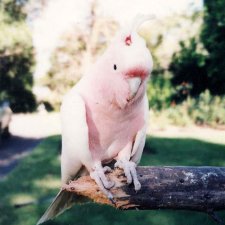
The long life and few words of a vice-regal cockatoo
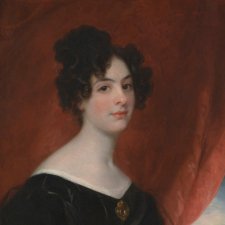
When did notions of very fine and very like become separate qualities of a portrait? And what happens to 'very like' in the age of photographic portraiture?
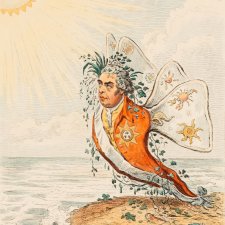
The caricaturist and engraver James Gillray's biting satires about Sir Joseph Banks.
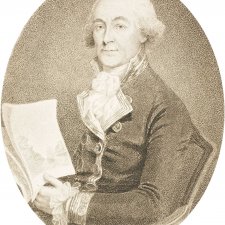
I have been reading systematically through the ads in the earliest issues of the Sydney Gazette and New South Wales Advertiser, such a rich vein of information about certain aspects of daily life in Regency Sydney.
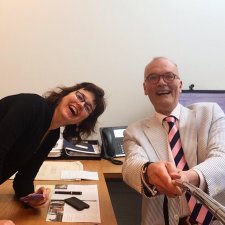
Last week ABC Television came to interview me about selfie sticks. The story was prompted by the announcement that the Metropolitan Museum of Art in New York has lately prohibited the use of these inside their galleries. So far as I am aware we have not yet encountered the phenomenon, but no doubt we will before too long.
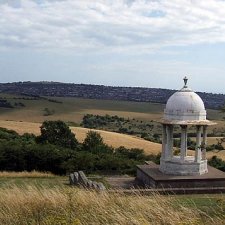
In the earliest stages of the Great War, the Royal Pavilion in Brighton was turned into a military hospital, and arrangements made there to accommodate the different dietary and other requirements of Hindu, Sikh and Muslim patients.

The first index I created was for my first book, and, to my astonishment, that was almost twenty-five years ago.
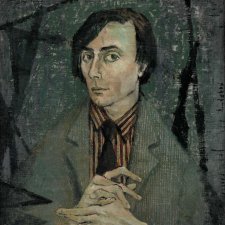
In their own words lead researcher Louise Maher on the novel project that lets the Gallery’s portraits speak for themselves.